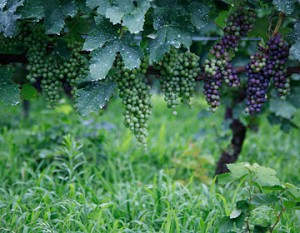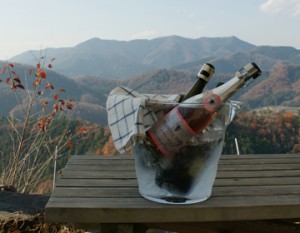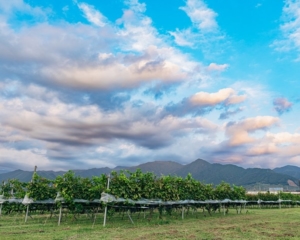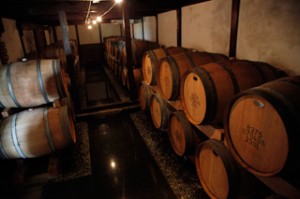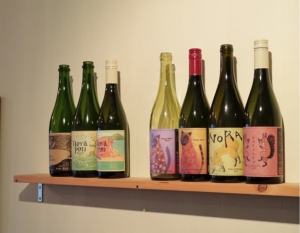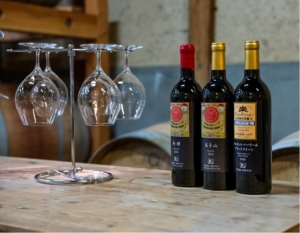Custom Crush Winery
In Europe it is more common, but in Japan, Custom Crush Winery is still very rare. A winery is contracted to make wine on behalf of multiple grape growers, so several different labels are made at one winery. One such winery, 10R (Toa-ru) only uses grapes from Hokkaido to create high quality wine. ”I learn so much from the grape vineyards. During the peak season, we all help each other out with the different tasks.” says the owner Gutlove. By combining the producers from the area and the skills of the winemaker, they create a wine culture that is unique and cannot be found elsewhere.
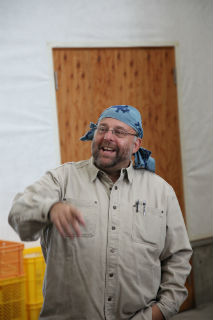
Maximizing the potential as a wine growing region
“Looking at it from a global perspective, producing wine in Hokkaido is unique considering the amount of snow. The issues we have to deal with each year includes 4 meters of snow and prolonging the life of a tree.” says Gutlove explaining the challenges. While blessed with nature and climate, they have to take measures against the cold winter. Wine making in Japan still involves very high production costs. Nakata suggests, ”An overnight visit in the area to enjoy local food and wine, that is the best way to enjoy Hokkaido.” ”I hope we can make that happen,” Gutlove also nods in agreement.
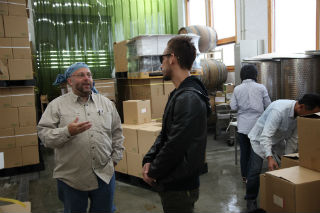
Wood vs. Steel casks – the apparent difference
The type of cask that is used depends on the variety of grape and the purpose. Wooden casks take in oxygen, allowing the wine to breathe and thus removing the tannin in red wine. Stainless steel vats are tightly sealed, and the wine will taste fresh and fruity without exposure to oxygen. We tried the Pinot Noir from 2013 when the climate was typical for Hokkaido. The wine from the wooden cask was ”smooth and easy to drink. This is suitable for the Japanese palate,” comments Nakata. The wine from the stainless steel was ”lighter tasting than the wooden cask. Very easy to drink.” He was able to experience the distinct difference for himself.





